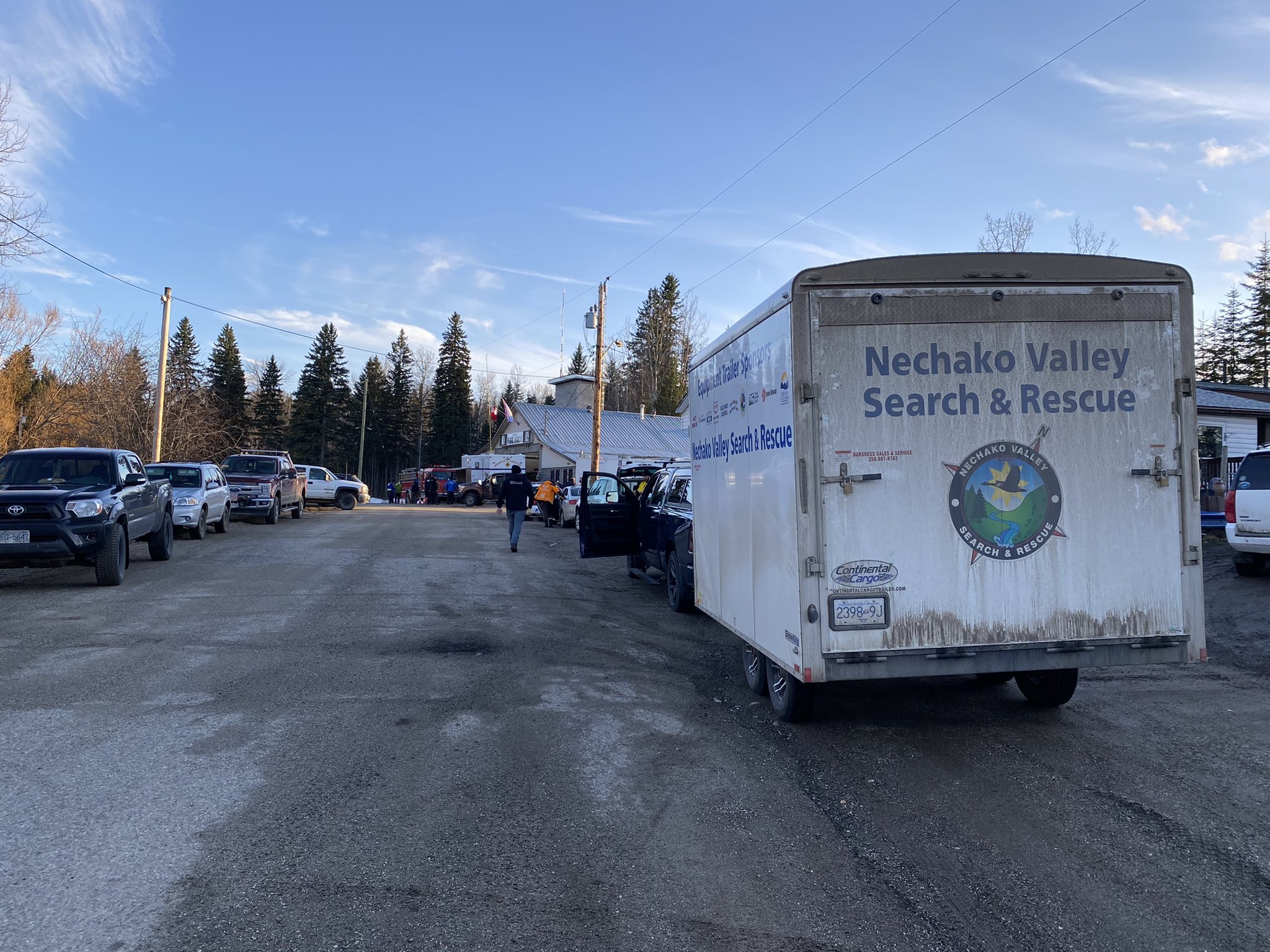A Search and Rescue volunteer in Northern B.C. says having full cellular connectivity along Highway 16 will make his job a lot easier.
As part of the project, Rogers will receive $4.5 million towards the 11.6 million cost of installing cellular infrastructure between Prince George and Prince Rupert.
The remote stretch of road is often called the Highway of Tears, due to the large number of missing persons – many of them Indigenous women – reported in the area.
12 cellular towers are expected to be installed along the road, providing 252 additional kilometers of coverage.
Chris Mushumanski, search manager with Nechako Valley SAR in Vanderhoof, says the corridor sees a fair amount of search and rescue callouts a year.
Communication is almost always an issue due to the rugged terrain and vast search area.
“If someone is out there, traveling, they just have that safety net now,” he said.
The additional cell coverage will allow search teams to find subjects using cellphone pings and to communicate quickly — something that could have been crucial in past search efforts.
Mushumanski points to the search for tree planter Nicole Hoar in 2002, of which he took part.
It is believed Hoar, last seen in Prince George, was hitchhiking along the highway to visit her sister in Houston.
“We had people from Prince George all the way to Smithers looking for Nicole,” he recalled.
Other examples include the 2011 search for Madison Scott, who disappeared near Hogsback Lake in Vanderhoof after a friend’s birthday party.
Scott planned to spend the night camping with a friend, but her friend left during the night without her.
“The lake is just on the edge of cell reception. As the search manager on that task it was incredibly hard to speak to the teams in the field again,” he said.
“It made for a real tough search.”
Then, in 2017, Frances Brown disappeared while mushroom picking between Smithers and Hazelton, west of the highway.
Nineteen search and rescue crews across the province were called in for the eight-day search, along with RCMP and other volunteers.
Mushumanski feels the outcome might have been different had there been coverage in the area at the time, despite the fact that Brown wasn’t actually on the highway when she went missing.
“That might have either resulted in Frances not going missing because she could have called for help, or we would have been able to ping her cellphone,” he said.
Spotty cell coverage in the area had teams resorting to verbally relaying messages to each other, or periods of time where they were out of contact entirely.
“You’re just kind of in the middle of nowhere out there.”
The enhanced coverage will allow faster communication by text, call, or even to provide supplementary plans by email, says Mushumanski.
Teams from the north will also be able to collaborate easily with those in the lower mainland when they are called in for support.
In addition, individuals traveling along the highway or hiking nearby will be able to reach out for assistance if they need it.
The project is scheduled to be complete next fall.
Something going on in the Prince George area you think people should know about?
Send us a news tip by emailing [email protected].






